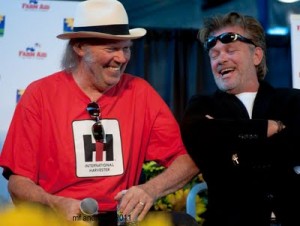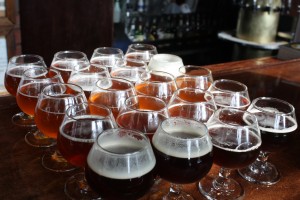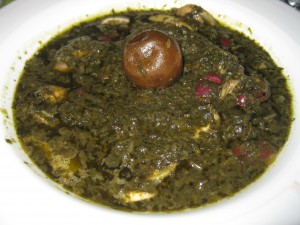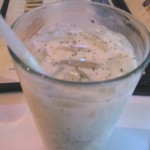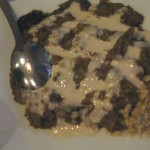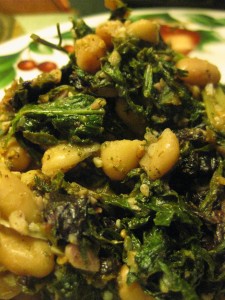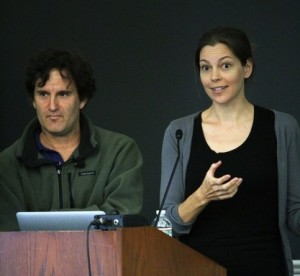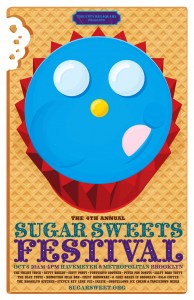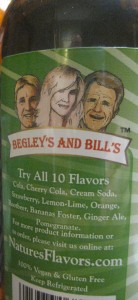My obsession with carbs is not a new development. In eighth grade health class* we had a homework assignment that involved reading an account of what a fictional someone had eaten in a day and identifying what was wrong with that person’s diet. The person who ate chocolate cake for breakfast or the person who ate fried food at every meal was a no-brainer, but I recall looking at the one who ate pancakes for breakfast, a potato for lunch and pasta for dinner and thinking, “What’s wrong with that?”
Nothing is more enabling for the carb-obsessed than marathon training. It is the perfect cover while snarfing down great quantities of noodles, which is exactly what I have been doing, probably more than is strictly necessary. What is necessary is a carb-heavy diet the day before the marathon (it helps you finish faster and in less pain—I swear I am not making this up), which has led to my elaborate fantasies of what exactly I am going to eat for each meal this Saturday before I run the New York marathon on Sunday. And as I was constructing this ideal New York carb triptych, I realized that I haven’t written much about two of the three places I had in mind, which seems utterly unjust, an oversight that I should rectify.
I. New Yorkers tend to be very opinionated about their bagels, but for me, there’s really not much of a contest when it comes to where I’ll be eating breakfast on Saturday. Bergen Bagels are everything bagels should be: dense, chewy, flavorful, slathered with cream cheese, and without a chip on their shoulders about being toasted. Not that long ago, Bergen Bagel opened a third location just a couple blocks from my house, and, no joke, I consider this one of the highlights of the past year.
II. For lunch, I think I’ll mosey over to Manhattan Continue reading



